"Spirit of St. Louis"
In 1926 Charles Lindbergh, as a young airmail pilot for Robertson Aircraft Corporation, dreamt of flying the Atlantic in order to capture the elusive Orteig Prize of $ 25 000. This prize was sponsored by the prominent New York Hotel businessman Raymond Orteig for the first non-stop flight from New York to Paris.
Lindbergh wanted to prove that aircraft could link the US with Europe and thus give great credibility to civilian pilots and commercial aviation as a whole. He tried to finance his endeavour using his own savings but due to the costs involved he had to seek sponsors. A number of St. Louis businessmen came to his rescue.
After attempts failed to buy a suitable airplane, Lindbergh travelled to San Diego and Ryan Airlines was subsequently tasked to produce an aircraft for the epic flight in only 60 days!
Lindbergh and Chief Engineer, Donald Hall designed the Ryan Monoplane. Dubbed the "Spirit of St. Louis", she first took to the air on 28 April 1927 for flight testing. On the 20 May 1927 at 7.52 am Lindbergh took off from Roosevelt Field, Long Island. Less than 35 hours later "Lucky" Lindy landed in Paris and forever entered the pages of history.
This is Revell's 1/48 scale offering of one of aviation's most iconic aircraft. This is a real gem of a kit that needs no aftermarket detail. However, I believe that by adding more detail to a kit you create a more authentic looking rendition of the real thing.
The kit's Wright J-5C engine is quite accurate but the push-rods are too thick. This was replaced with copper wire. Spark plugs were added to each cylinder using stretched sprue for the spark plugs and copper wire to replicate plug wires. The three air vents on top of the wing were fashioned out of copper wire. The cups on the rotor head of the Earth Inductor Compass were hollowed out. Aileron and elevator cables were replicated with stretched sprue. A tyre valve for each wheel was replicated using copper wire. The cockpit also received attention with Evergreen styrene bits and pieces to replicate the structure of the airframe. The decals for this kit needs a round of applause! The complex decal for the machine turned nose section is superb and conformed well using decal setting solution from Model Master. The instrument panel in the cockpit is VERY detailed!.
I sprayed the model with a mix of Model Master Flat Aluminum and Flat White. Weathering was kept to an absolute minimum.

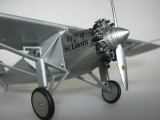
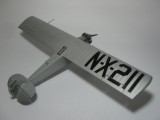
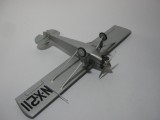
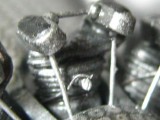
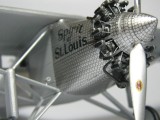
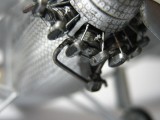
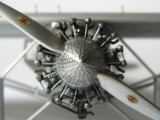
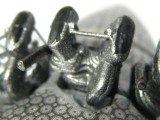
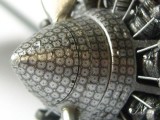

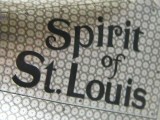
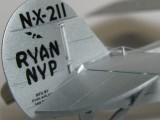


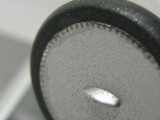
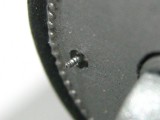
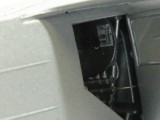
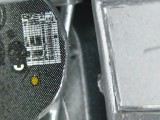
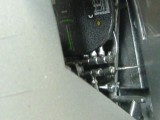
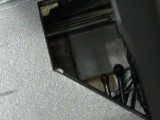
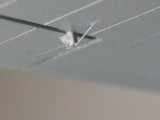
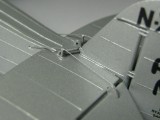
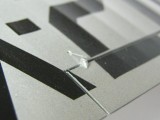
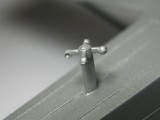
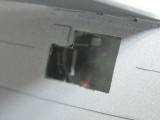
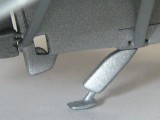
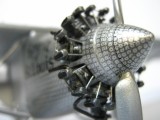
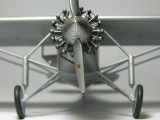
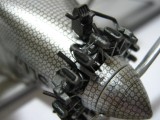
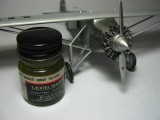
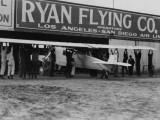
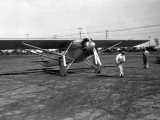
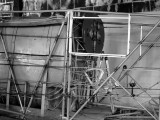
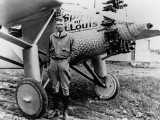
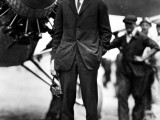
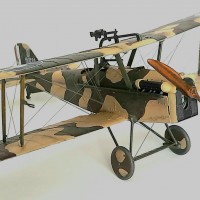
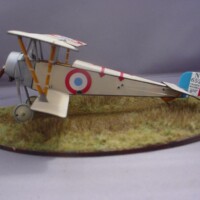
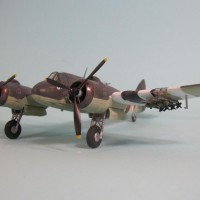
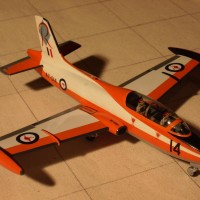
Beautifully finished and photographed ,Morne - a very nice build indeed.
Thanks for the positive comments. They are always appreciated.
Morne, the models you build and the photos you take of them are superb, this one included!
What always got me about Lindbergh was, not only did he fly solo across the Atlantic, he couldn't even see where he was going...well I guess he had to stick his head out the window if he wanted to. Seems like a windshield wouldn't have been too much to ask...
There was a periscope installed to "see ahead", although it wasn't used all that much. The reason there's no windscreen is because they used the space between the engine's firewall and the instrument panel for a gas tank. And he DID stick his head out every now and then to see what was what. 🙂
Thanks Ralph. Yep he used a periscope. It was on the left side of the cockpit window.
Thanks Morne. Nice review and details of the additions you made. Inspires me to pick one up since it is a very famous aircraft. Nice build and nice photos as well.
Thanks Alan for the thumbs up on my build. It's an easy kit to build.
Really well presented build & background on the aircraft Morne. Did the kit include the details visible in the cockpit?
Thanks Al. Yes. Revell has included the fuel tank that Craig has mentioned as well most of the interior. I just added some internal framework out of styrene.
Well done Morne, like Al, I'd like know if you made the decals in the cockpit or are they from the kit.
Another beautiful build wellmphotographrf
Hi Rick. Thanks for the comment! Revell included the highly detailed decal in the kit.
Absolute beauty! Hey Morne, how were you able to turn the decals they provided into a that shiny look? Also did you spray paint that wheels or hand brushed them?
Hi Carl. Thanks for the nice comment. The nose decals were applied using Modelmaster decal setting solution. They were allowed to dry after all air bubbles trapped under the decals were rolled out with a cotton swab. Decals were then coated with three coats of Future floor polish. The Future was applied in thin coats with a broad tipped brush. The wheels were not masked. I first sprayed on the matt aluminum on the wheelsand then hand painted the tyres with a thin tipped brush.
Alrighty then and thanks again. One thing to top it off Morne, does it matter what floor polish you used? Do you remember which kind you applied?
Clearly I've had to much to drink, my Arkansas typing & spelling skills are on full display.
I'll try again in my native language - Guud madull, duude, Pruddie pitchers two.
Rik 😉
Gtreat work Morne, I've built this kit though never posted any pics of it, I was surprised how well those decals around the engine and prop spinner area fitted .
N.
Thanks Neil. I was also VERY surprised. Must rate those decals as the best I have worked with.
Guten Morgen Morne, you produced a flawless beauty ,in a perfect photo presentation + good informations
I know the kit is good, you pushed it to its fullest !
Ausgezeichnet !
Guten Morgen Bernd. Vielen dank! Revell did a stellar job on this kit.
...and you make it shine ! The added extra detail is stunning
🙂
The added detail is what make a model. It adds life to a model.
A beautiful posting, everything is just right, the model,, the write up and the photographs, excellent work, Morne.
Thanks George for the kind comment. It's greatly appreciated.
A dainty aircraft, smartly presented. You've certainly made the most of this kit.
Thanks Rob for the kind words. It is greatly appreciated..
great job fot this Revell iconic aircraft ! and nice pics !
Thanks for the thumbs up on my build.
Hello Morne
A great tribute to an historic aircraft. The NMF is so nice and realistic
Great job on it. Congrats
Thanks Emmanuel. It is a great kit that builds into a fine rendition of the real thing. The NFM was easy to replicate so the build was more of a challenge than painting it.
Looks like the perfect model to me Morne - flawless!
I have been striving to build the perfect model for decades. EVERYONE has flaws. One must just know how to hide them. 😉 Thanks Gregor for the nice comment.
Fantastic work Morne, Looks great, and with the added detail it brings it up to a masterpiece.
Well done Morne.
Thanks Simon for the positive comments! I appreciate your assessment!
Morne: Fine job on a wonderful kit offered at a remarkable price. Great work on the add-ons. Because of its history, a model of this a/c really does belong on the completed shelf of EVERY a/c modeler. Its a fun and quick build.
Thanks for the positive comment!
Really nice model, but I have to say having seen the real one, that nose decal is nothing like what was done. If you use Model Master aluminum, and then a sharpened pencil eraser with about a 1/8 inch wide tip and make the "swirls" individually, it will look far more accurate (then shoot sealer over it to save it). That decal's not your fault.
The 1957 Billy Wilder movie , "The Spirit of St. Louis" (written by my writing mentor, the late Wendell Mayes) is a very accurate depiction of the events. And Jimmy Stewart is so perfect as Lindbergh (there wasn't another actor who could do him) that you stop worrying about the fact he's twice Lindbergh's age after about ten seconds. The movie was adapted from Lindbergh's book "The Spirit of St. Louis" and is a very good adaptation.
Hi Tom. I also believe Jimmy Stewart looked the part. I did try the swirls as you mentioned, after reading about it on another forum, but messed it up after being at it for hours. In the end I gave up and used the decals. The eraser method looked awesome!
Hi Tom. Is yours available for view at Modeling Madness?
Hi Tom...is yours available for view at Modeling Madness?
I am really liking this Morne. Well done model of a very important aircraft. The interior is really nice. Oh, and the outside too.
California Steve
Thanks Steve. I am in ful agreement with your assessment. 😉
Morne.
Excellent job on this truly famous airplane. I know some of the reviews beat up the kit for one silly little thing or another. We are building models and do the best we can do to replicate the real thing. sometimes the critics should shut up and let things be. I have built this kit and I really like it and yours is great.
Want a little bit of history on the real airplane? No! ... well I will give it anyway just for scatological knowledge. On May 12, 1927 Lindbergh flew the Spirit from san Diego to Long Island NY. A crack developed in the aluminum behind the propeller which entailed replacement of the spinner and the nose cone. The new spinner and cone was hand made and replaced at the Curtiss Aircraft factory prior to his solo flight. The new spinner did not have the damascening effect on it. It was just plain aluminum. One of the Curtiss technicians, Stanley Vaughn, that assisted him with the new spinner kept the old one. When Lindbergh returned to the USA and at one point went back to Curtiss he signed the old spinner for Vaughn. Vaughn refused to sell it and kept it for forty three years then finally donated it to the Smithsonian.
Thanks Frank for the thumbs up on my build. I appreciate the history behind the spinner. I often wondered why photos depict two different spinners. Now I know. Thanks again Frank.